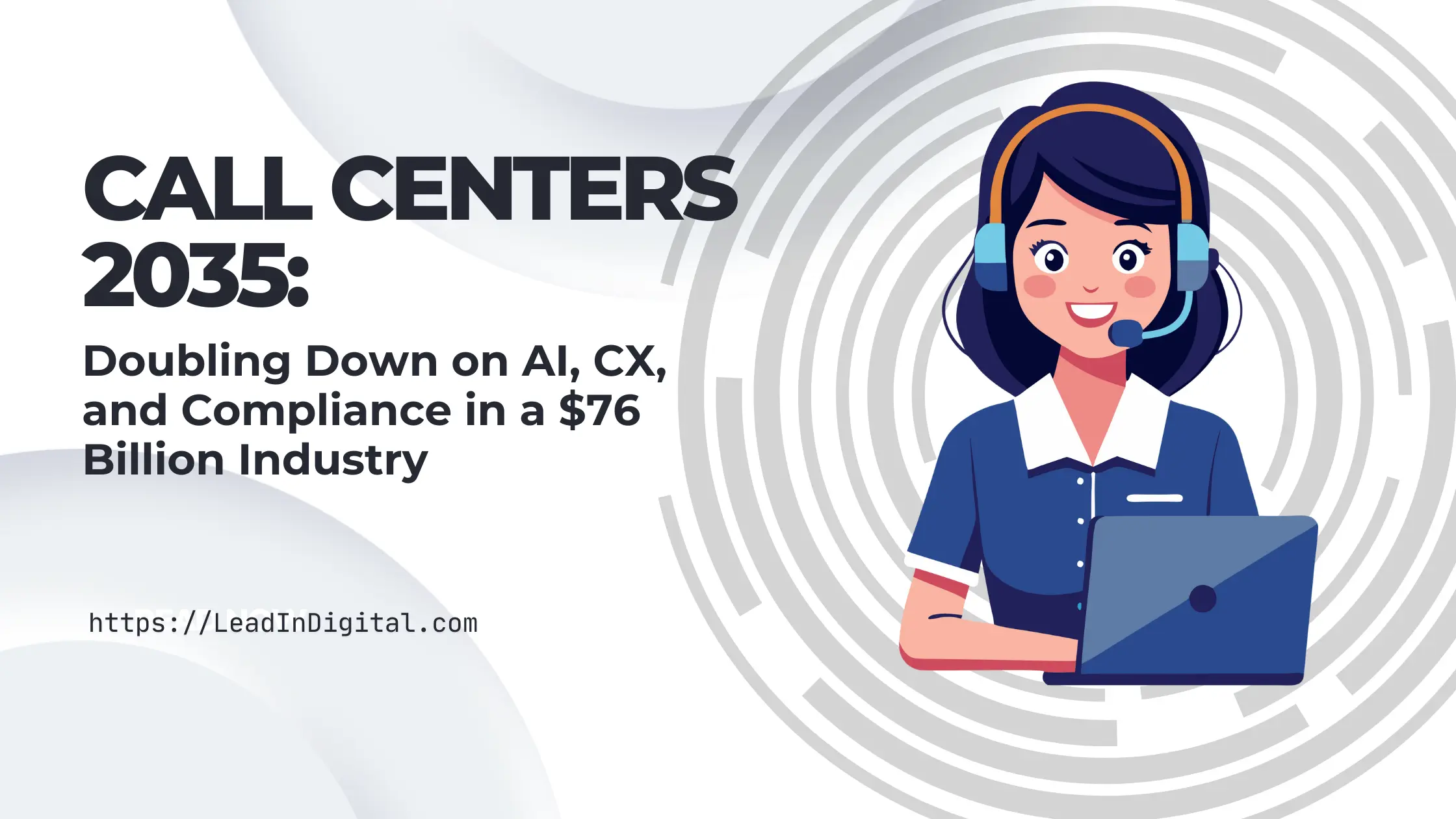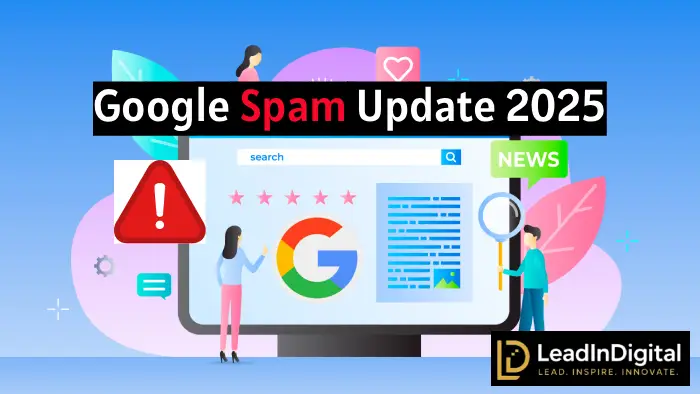
Massive Market Growth: Where the Action Is
The global call center market is projected to surge from $37.4 billion to $76.3 billion by 2035 a staggering 104.2% growth.
This isn’t just incremental, it’s a seismic doubling, powered by omni-channel engagement, digital transformation, and rising customer service demands.
Key Verticals: Banking, Financial Services, Insurance (BFSI), and Government will dominate the market, holding 66.7% share in 2025.
These sectors rely on high-touch, high-regulation services, making them prime drivers of technology innovation and stringent compliance.
Who’s Leading the Market and Why?
| Segment | 2025 Share | 2035 Outlook |
|---|---|---|
| BFSI & Government | 66.7% | Strongest, compliance-focused growth |
| Healthcare | 11.0% | Expanding with telehealth, aging |
| IT & Telecom | 8.8% | Driven by 5G and IoT |
| Media/Entertainment | 7.0% | Streaming, event-driven |
| Retail/Consumer | 6.5% | E-commerce, omnichannel necessity |
The Deployment Battle: Hybrid Takes the Spotlight
The traditional on infrastructures deployment is still king (38% in 2025), especially in regulated sectors like finance and government where complete data control is vital.
But the winds are shifting:
Hybrid solutions combine the security of on premises with the flexibility of the cloud and are set to outpace all others by 2030.
Cloud based platforms are expanding fastest among new and small players, offering scalability, remote work capabilities, and cost efficiency, but must overcome concerns about data sovereignty and compliance.
| Feature | On-Premises | Hybrid | Cloud-Based |
|---|---|---|---|
| Security | Highest | Strong, variable | Good, improving |
| Scalability | Limited, slow | Flexible, balanced | Instantaneous |
| Costs | Upfront, predictable | Moderate, migration costs | Pay as you go, low |
| Remote Work Support | Poor | Good | Excellent |
| Compliance | Strongest | Customizable based on needs | Varies by provider |
Software is Key: Tech Platforms Drive Two-Thirds of the Market
Software will command a massive 66.7% share of the call center solution market in 2025.
This includes cloud contact platforms, CRM and agent productivity tools, analytics dashboards, and compliance management apps.
Major players like Genesys, NICE, Verint, and others are racing to innovate with real time analytics, omnichannel connectors, and enterprise integrations.
AI integration, workforce management, and sentiment analysis are now standard features, not add-ons.
Global Hotspots: Where the Growth is Happening
Key regions driving market expansion are:
Asia Pacific: China and India are growing at 10% and 9.3% CAGR, respectively, with booming digital economies and e-commerce.
North America: Early technology adoption and robust BFSI sector.
Europe: Regulatory focus and strong adoption in telecom and banking.
These regions are hotspots for both service delivery and technological innovation.
The AI-Driven Agent Transformation
The biggest trend for 2025 is the rise of AI Agent, moving beyond chatbots to full scale AI orchestration.
Key Drivers:
AI co-workers: Human agents are now training and managing bots, not just competing with them. This shift creates new focus on workflow management and consultative problem solving.
Experience Orchestrators: Generative AI helps agents handle sensitive conversations, escalations, and live sentiment analysis.
New KPIs: Old metrics like Average Handle Time (AHT) are fading. Instead, new measures include Emotional Engagement Scores, Personalization Effectiveness Index, and AI Escalation Effectiveness.
Voice Biometrics & Zero-Party Data
Voice biometrics are replacing PINs and security questions with passive authentication.
This improves security, reduces fraud, and speeds up customer verification, saving 20 to 45 seconds per call.
Zero-party data: Call centers are now prime sources for data that customers proactively share, powering hyper-personalized experience.
Proactive CX: Predictive Service and Omnichannel Engagement
The growth in customer expectations means service must go from reactive to proactive.
Predictive analytics anticipates issues (like service disruptions) before customers call, enabling preemptive outreach.
Omnichannel Harmony:
Modern call centers must unify context across phone, chat, social, and apps.
The cost of "frustration repetition" (where customers must repeat info across channels) is now a top challenge and triggers churn.
Omnichannel engagement is no longer optional, it’s essential for maintaining customer loyalty.
Compliance and the Governance of AI
With BFSI and government as market leaders, compliance and security are central:
BFSI’s Security Paradox: On-premises still prevails thanks to strict data sovereignty and regulatory demands, but hybrid models offer a balance for gradual migration and cloud innovation.
Ethical AI:
Call centers are being held accountable for algorithmic bias, privacy, and responsible data use, especially when handling financial or healthcare data.
The governance of AI in call centers will define their reputation and viability over the next decade.
The Employee Experience as a CX Differentiator
Agents are now evolving from task solvers to consultants, using emotional intelligence, tech fluency, and consultative skills.
Burnout vs. Purpose: As AI automates routine tasks, agents are left with high-stakes, complex cases, demanding new support, compensation, and career paths.
VR & AR for Training:
Immersive tech is being integrated for agent training, helping agents troubleshoot complex products, handle emotional calls, and prepare for unique scenarios before going live.
Conclusion: The Call Center Renaissance
What was once imagined as a dying institution is now a fast-evolving cornerstone of customer experience, compliance, and business innovation. With the global market set to double in value by 2035, and sectors like BFSI and government driving both demand and technological adaptation, the future of call centers is equal parts human ingenuity and machine intelligence. AI, software, omnichannel engagement, and agent skill upgrades form the backbone of this multi-billion dollar revolution.
For enterprises, service providers, and agents alike, the next ten years are less about surviving disruption, and more about thriving at the intersection of empathy, expertise, and analytics.




